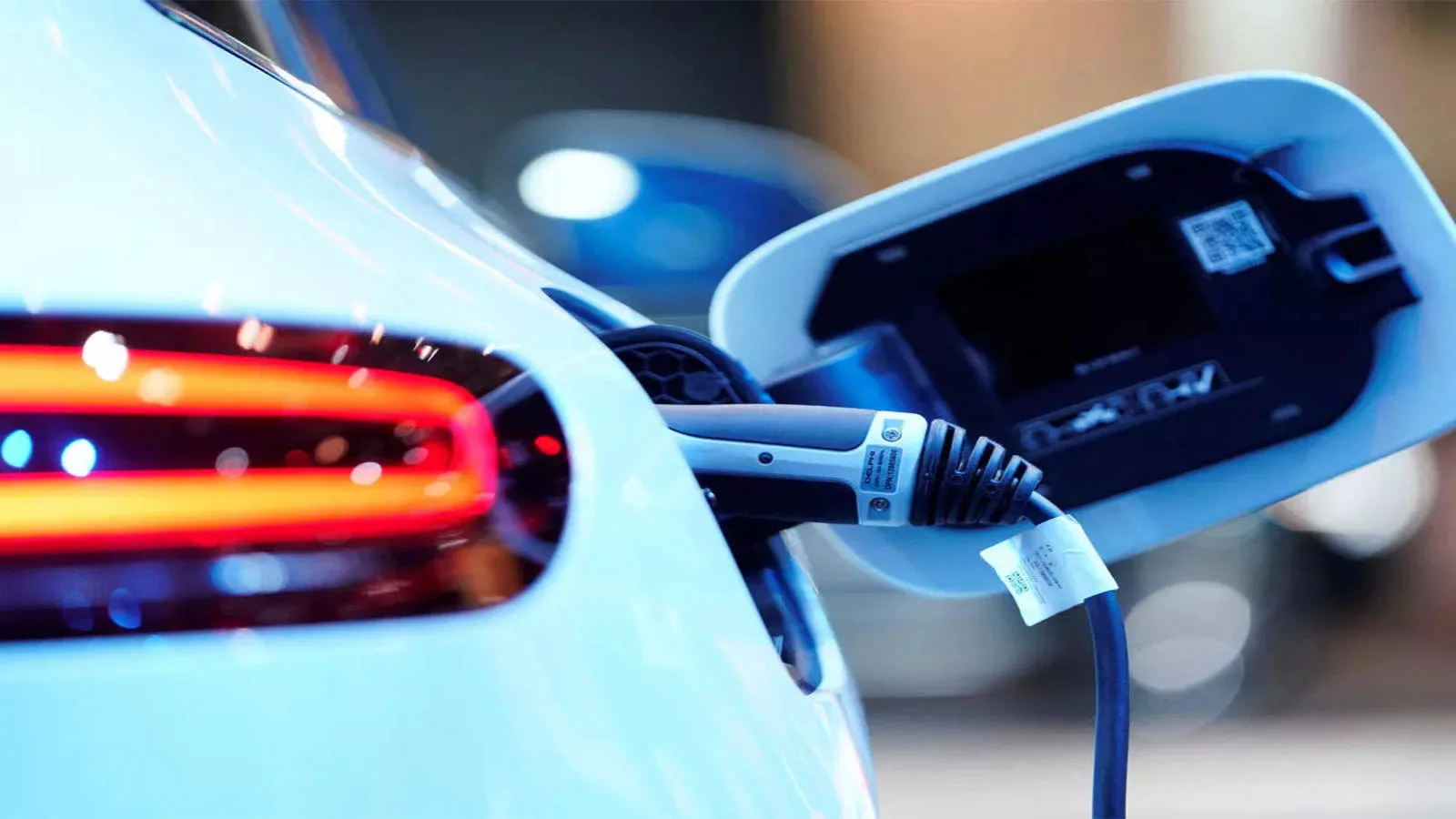Bureau of Indian Standards (BIS) Approves Indigenous Charger Standards for Light Electric Vehicles (LEV)
Approval is given to an indigenous AC and DC combined charging connector standard known as IS17017 (Part 2/Sec 7): 2023.
It is the world’s first-ever combined AC and DC charging connector standard for LEVs (2-wheelers, 3-wheelers, and microcars).
It has been developed through collaboration among NITI Aayog, the Department of Science and Technology, two-wheeler maker Ather, and other government and industry stakeholders.

Significance of introducing a Standard Charger:
- Creating an open ecosystem with interoperability that will foster better adoption of EVs.
- Ensures the emergence of hybrid, cost- efficient infrastructure for both fast and slow charging.
- Reduces the cost of manufacturing and brings down the cost of EVs
- Reduces range anxiety among customers.
Other Government initiatives for EV adoption
- Faster Adoption and Manufacturing of (Hybrid &) Electric Vehicles in India (FAME India) Scheme: to reduce dependency on fossil fuel.
- Production Linked Incentive (PLI) Scheme for the Automotive Sector: to boost domestic manufacturing of advanced automotive technology (AAT).
- Capped the maximum tariff for EV public charging.
- GST on EVs has been reduced from 12% to 5%. Waiver on road tax on EVs.
Standardization in other countries:
Country: Standard
China: GB/T.
USA: American Charging Standard (NACS) developed by Tesla.
Japan: CHAdeMO.
Europe: Combined Charging System (CCS)
Read About: India and IAEA agreed to cooperate on nuclear technology applications
